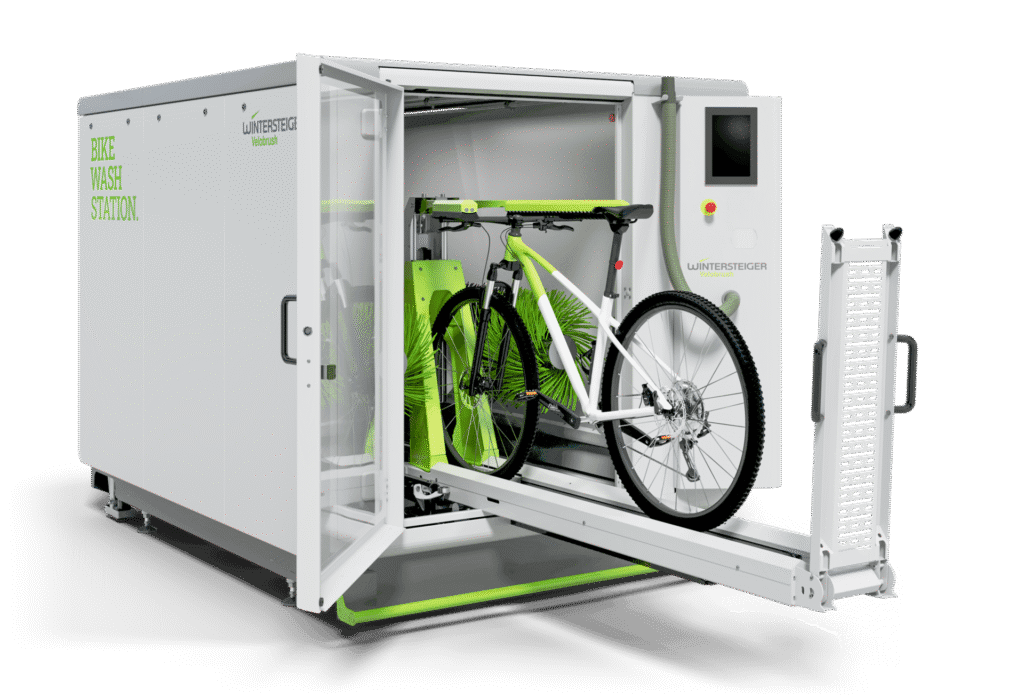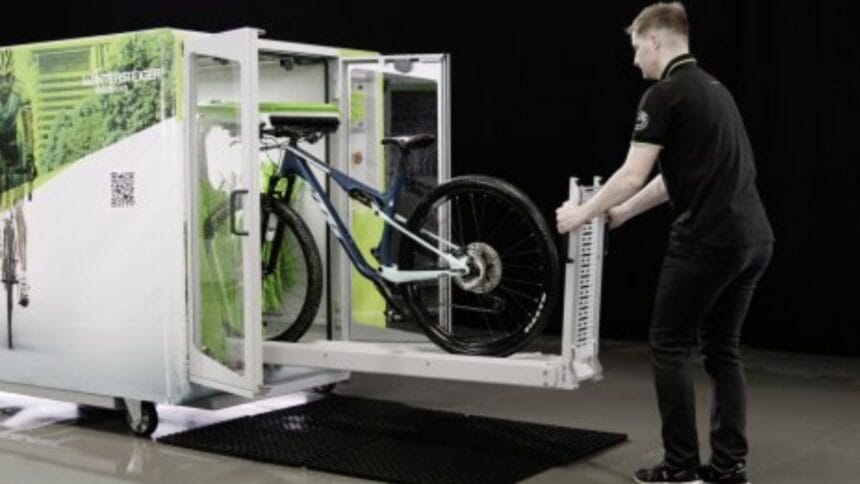One such brilliant innovation gaining global attention is the Bicycle Washing Machine. This ingenious device marries two daily activities laundry and exercise into one, offering a sustainable, affordable, and energy-efficient solution for modern households.
But what exactly is a bicycle washing machine, how does it work, and why is it gaining popularity? Let’s dive into the details.
What Is a Bicycle Washing Machine?
A bicycle washing machine is a hybrid device that integrates a stationary exercise bike with a washing machine drum. As you pedal, the drum spins just like in a traditional washer using your leg power instead of electricity.
This machine is designed to provide users with dual benefits: physical exercise and clean clothes. It’s an ideal innovation for people looking to adopt an eco-friendly lifestyle, reduce utility bills, and get fit, all at the same time.

How Does It Work?
The working mechanism is simple and mechanical:
- Pedal to Power: When the user pedals the bike, the energy is transferred to the washing drum via a chain or belt mechanism.
- Spin and Agitate: The rotation agitates the clothes inside the drum, mimicking the washing cycle of a regular washing machine.
- Drainage System: After the wash, the water can be drained manually or through a simple pipe.
- Rinse and Repeat: The same pedaling action can be used for rinsing clothes. Some models also include drying mechanisms using pedal-generated spin force.
The machine usually requires around 15–20 minutes of pedaling to complete a full wash and rinse cycle. This not only gives you clean clothes but also a decent cardio workout.
Key Benefits of the Bicycle Washing Machine
1. Energy Efficiency
This machine eliminates the need for electricity. It’s ideal for areas with unstable power supply or for individuals aiming to reduce carbon footprints.
2. Cost Savings
No power usage means lower electricity bills. Moreover, the initial investment is usually lower than modern automatic washing machines.
3. Physical Fitness
Pedaling while washing means you burn calories while doing chores. It promotes a healthy, active lifestyle.
4. Environmental Impact
With no electronic components, this device reduces e-waste and uses significantly less water. It aligns perfectly with sustainable living goals.
5. Portability and Space-Saving
Many bicycle washing machines are compact and don’t require plumbing or electrical installation. Ideal for small apartments, RVs, or off-grid homes.
Who Can Use a Bicycle Washing Machine?
This machine can be a game-changer for several groups:
- Students in hostels or shared accommodation
- Environment-conscious individuals
- Off-grid or rural households with limited electricity access
- Fitness enthusiasts
- Campers and travelers
Even urban dwellers who want to adopt a more sustainable lifestyle can find great use in this innovative tool.
Real-World Applications and Designs
While the concept may sound novel, several prototypes and commercial models already exist around the world.
- Dalian Nationalities University, China, developed a prototype that gained viral attention. It features a sleek design with a washer drum integrated into the bike’s front wheel area.
- GiraDora, another manually powered washing machine concept from Peru, relies on hand-pedaling and is aimed at low-income communities.
- DIY versions can also be found in survivalist or homesteading communities, where people convert old bikes and barrels into custom washing machines.
Challenges and Limitations
Despite its many advantages, the bicycle washing machine is not without its challenges:
- Limited Load Capacity: Most models can only wash small to medium loads.
- Manual Effort: It requires physical strength, which might not be suitable for elderly or disabled users.
- Availability: Commercially produced models are still limited in number and might not be widely available in all regions.
- No In-Built Heating: Clothes must be pre-soaked in hot water if needed, as there’s no heating element in the system.
However, these limitations are minor compared to the environmental and personal health benefits this device offers.
DIY: Can You Build One at Home?
Yes, with a bit of mechanical knowledge and tools, many people have successfully built DIY bicycle washing machines using:
- An old bicycle
- A plastic or metal drum
- A pulley system or belt
- Basic plumbing for drainage
Online tutorials and videos provide step-by-step guides for those who wish to try building one at home.
The Future of Pedal-Powered Appliances
The bicycle washing machine is just the beginning. The trend toward human-powered devices is growing, with innovations like:
- Pedal-powered blenders
- Hand-crank battery chargers
- Bicycle-powered water purifiers
These technologies promote self-reliance, physical activity, and a greener planet.
Final Thoughts
The bicycle washing machine is more than a quirky gadget — it’s a symbol of sustainable innovation. As climate change and resource scarcity dominate global conversations, inventions like these remind us that solutions don’t always need wires, buttons, or power outlets. Sometimes, the best answers lie in simplicity and motion.
Whether you’re a minimalist, an off-grid adventurer, or a green technology enthusiast, the bicycle washing machine offers a practical, impactful way to live cleaner, healthier, and more consciously.
Read More: The Future of Smart Speed Bump
Read More: High-Performance Concrete Build Business Case Value
